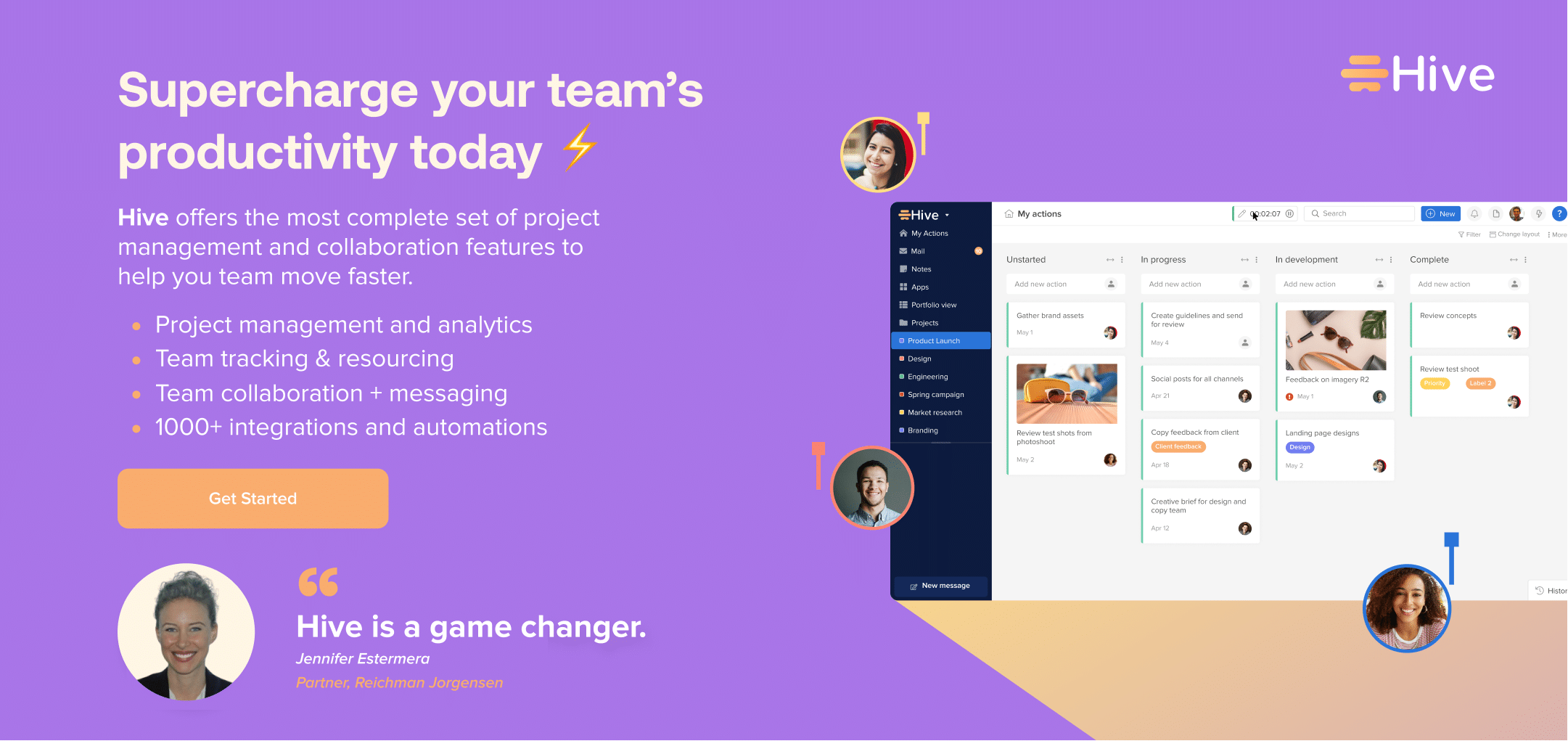In the new future of work, companies are beginning to rethink standard working hours, hierarchical management, and more. So why can’t they start to rethink how work is actually done – and who said work wasn’t supposed to be fun? The concept of gamification, or incentivizing work through games, has been around for a few years now. But modern tech is finally catching up to the lofty ideas of game-loving knowledge workers, and now, you can find it everywhere.
What is gamification?
Gamification is just what it sounds like – a process that integrates game design into work systems. Game design elements are utilized in gamification, and game dynamics or mechanics are also applied. Processes can be turned into video games from a tech standpoint, interactions or tasks can become more casual and social by leveraging gaming, or game-like features can be used to motivate employees.
Scientific studies have proven time and time again that gamification is an effective way to help employees retain information and engage with their environments. A study from eLearning shows that visuals and infographics that employees can interact with facilitate information retention three times more than any other type of information delivery. Additionally, TalentLMS’ 2019 Gamification at Work Survey shows that gamification makes 80% of employees happier and more productive.
Gamification is also more popular among millennials and Gen Z, who enjoy playing video games in particular, as it meshes work and plays in a way that makes them feel right at home. Also, some experts say that game-based motivations provide the kind of instant gratification that younger generations need to become invested in a topic.
Using gamification in the office
Gamification isn’t just for sales. There are a number of other ways employers can use these techniques around the office for both long-tenured employees and fresh new faces.
Wellness programs
As employee wellness is a huge trend in light of the COVID-19 pandemic, gamification is a great way to motivate employees to participate in these programs. Entrepreneur.com has some examples of ways to frame “Mental Health Programs” like “Happiness Quests” that include fun team missions, mini-challenges or mini-games, leaderboards, and more.
Training software
Next, gamification can be used for employees who are interested in upskilling or have to do some sort of required yearly certificates (for instance, New York City’s mandated workplace sexual harassment training). The Gamification at Work Survey found that 88 percent of employees believe their gamification software makes them happier no matter what they’re doing, meaning that gamification can turn even the most boring activities into something engrossing.
Housekeeping
Whether you have actual housekeeping tasks around the office or clerical housekeeping tasks, ChoreWars is a great way to turn any tedious, repetitive office chores into something exotic. Using a fantasy role-playing game format (like Dungeons and Dragons), players can customize which assignments are on the list and which skill-point gains they incur. The “dungeon master” of the game can even throw curveballs to unexpected players – though you never expected to be attacked by Cthulu while you’re doing data entry, that’s just one of many boss battles you may engage in.
Onboarding
Gamification in the onboarding process is another way to get employees interested in a company while teaching them the ropes. The Gamification survey found that 45% of those polled have seen gamification throughout their recruitment process. One of the best-known utilizations of gamification was from Deloitte, where new recruits team up to learn about usually dull concepts like compliance and procedures, including a virtual office tour that’s meant to feel like a video game.
Gamifying emails
Catching up on emails is the bane of any knowledge worker’s existence – so why not gamify it to make it more tolerable? Email management software Spike frames your email inbox like an instant messaging platform that automatically filters your emails for you based on your preferences. And while there isn’t a dupe for the classic Email Game yet, you can still play on your own – give yourself three minutes or less to respond to each email.
Implementing gamification in your office
You don’t need to be a great gamer or a tech wizard to enjoy gamification on a more casual level. Even without online tools to use, you can still have point boards in the office, prizes for reaching milestones, and much more. Some caution against overindulging in gamification as it can become unnecessarily competitive and decrease overall employee morale. But if it’s done right and not taken too seriously, it can be a very useful way to turn unexciting tasks into thrilling and spirited ventures.





